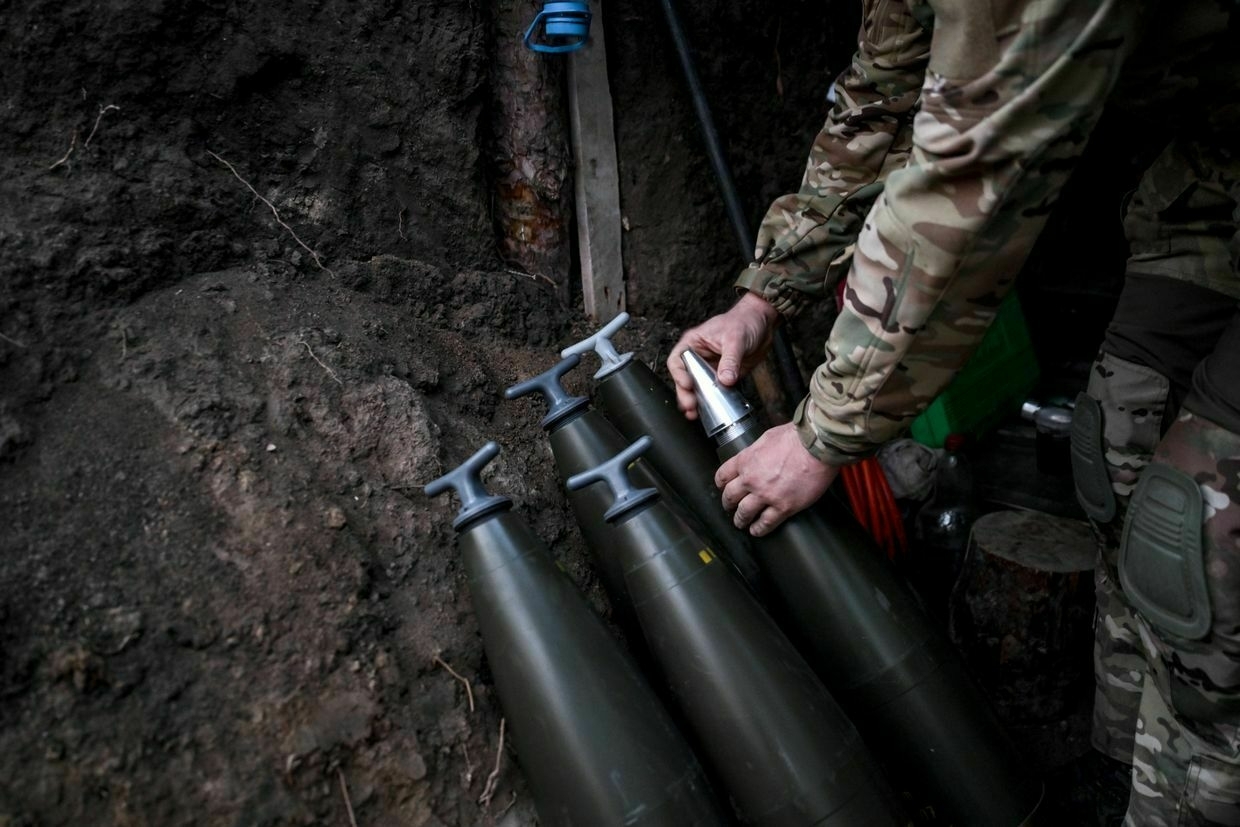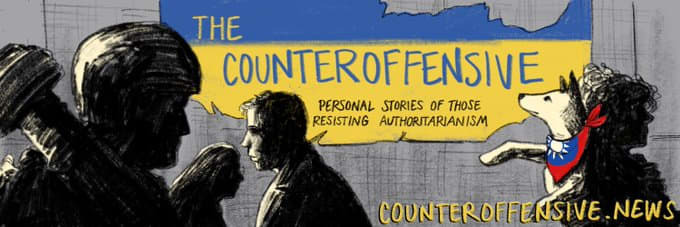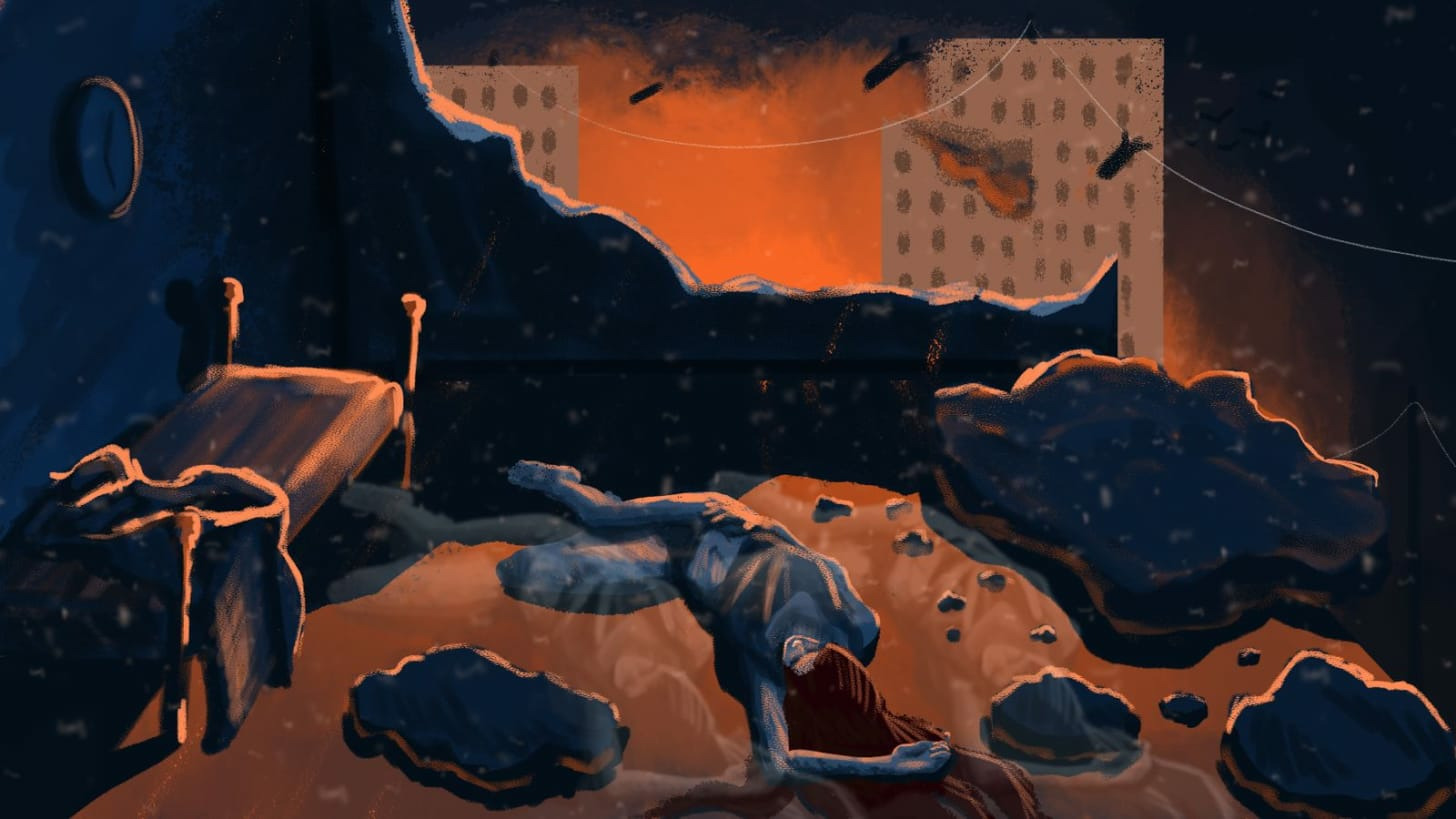-
Ukraine, UK pen deal for Thales air defense missile supply
The U.K has committed to producing missiles for Thales air defense systems in support of Ukraine over the next 19 years.
-
Germany ready to buy US Patriot systems for Ukraine, Merz says
“The Americans need some of them (Patriot air defense systems) themselves, but they also have a lot of them,” German Chancellor Friedrich Merz said.
-
'You think the end has come' — as Russian attacks on Ukraine escalate, Kyiv grapples with terrifying new normal
In the early hours of July 10, many Kyiv residents were jolted awake by the thundering sound of ballistic missiles shaking their buildings.
Others were already lying awake in beds, bathtubs, and underground shelters across the city, as residents endure a new normal of intensified Russian strikes on the capital.
-
Russia's summer offensive becomes its costliest campaign during Ukraine invasion, Economist reports
The Economist estimates roughly 31,000 Russian soldiers were killed in the offensive so far, in comparison to some 190,000-350,000 deaths and up to 1.3 million overall Russian casualties of the entire full-scale war.
-
War nightmares.
Editor’s Note:
While the Russians continue to terrorize Ukrainians with hundreds of drones at night, we continue working.
Sleep is crucial for the body's recovery, so we are using funds to provide each member of The Counteroffensive team with a sleeping bag, folding cot, earplugs, and eye mask. It allows them to get some rest amid the night attacks in Kyiv.
Support us now if you agree with our approach.
At first, I hear a piercing whistle. The sound of a missile.
I know I should get out of the way, but I don’t have time to fall to the ground. Suddenly, my eyes burn from a blinding, intense red flash.
I’m instantly knocked off my feet, pierced by dozens of fragments. My body is twisted into an unnatural pose, my head splits open from the thunderous explosion – and then everything is filled with absolute darkness.
This is the end.
That’s when I wake up, a recurring dream that takes different shapes. Usually, a shrill vibrating alert blares in my ears from my phone: ballistic missiles are heading toward Kyiv.
I only died in my dream.
Now I have to live with the real war.
Since the beginning of the full-scale invasion, Ukrainians live under constant stress and danger – including in one’s most vulnerable state: sleep. The feeling is made worse by sleepless nights caused by the massive attacks that have escalated sharply since May this year.
The rise of nightmares reveals that the war has left a profound collective trauma.
The consequences of this war will likely take years to overcome, which presents a significant challenge to Ukraine's full recovery, and creates long-term implications for the health of the entire nation.
A study in 2023 found that over 70 percent of Ukrainians reported having nightmares about the war, and 30 percent had dreamed of their own death.
I ended up ticking both boxes.
Bingo.
After the paywall:
What nightmare scenarios are most commonly repeated among soldiers, and how do they differ from civilians' dreams?
What do the most common nightmare scenarios mean?
Why did Mariana start dreaming about tanks and missile strikes as early as 2021?
When will Ukrainians stop dreaming about war?
-
Ukrainians grapple with how to memorialize a war still being fought
Editor’s Note: The following is part of a series of reports by the Kyiv Independent about the memorialization of Ukraine’s fallen soldiers and civilians.
Every nation-defining event in Ukraine's nearly 35 years of independence has begun in the main square of its capital city,

-
'If someone doesn't like it, we'll close it' — Poland's Duda calls out Ukraine, allies over attitudes toward key military aid hub
Andrzej Duda expressed frustration over Poland’s exclusion from key international discussions on aid deliveries through its territory.

-
EU unveils $700 million Ukraine support package for energy and infrastructure
The package focuses on restoring energy systems damaged by Russian attacks, repairing transport networks and border crossings, and supporting small enterprises.
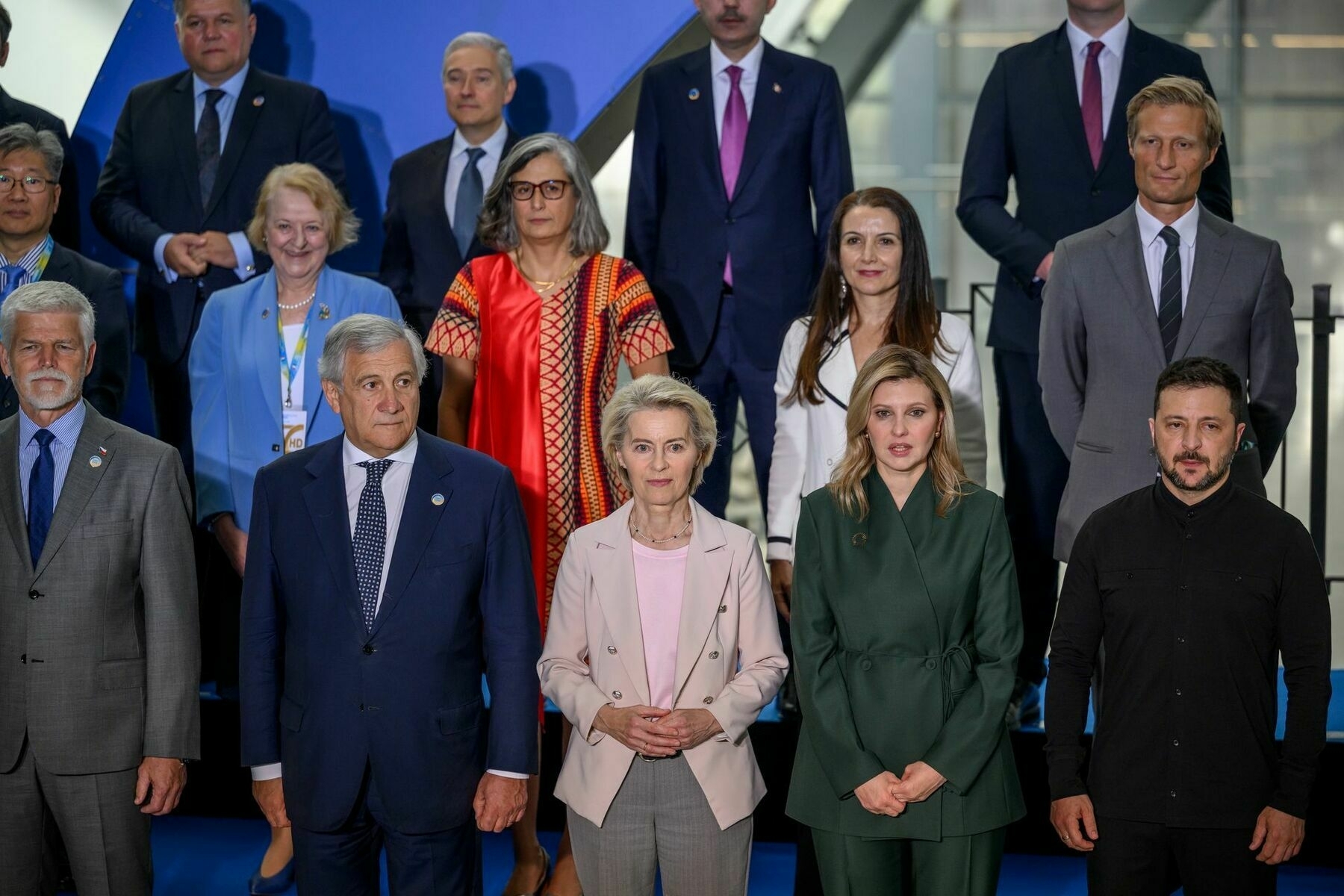
-
Rubio, Lavrov meet in Malaysia as European leaders gather for Ukraine Recovery Conference in Italy
U.S. Secretary of State Marco Rubio and Russian Foreign Minister Sergey Lavrov met in Kuala Lumpur, Malaysia, during the ASEAN Summit.
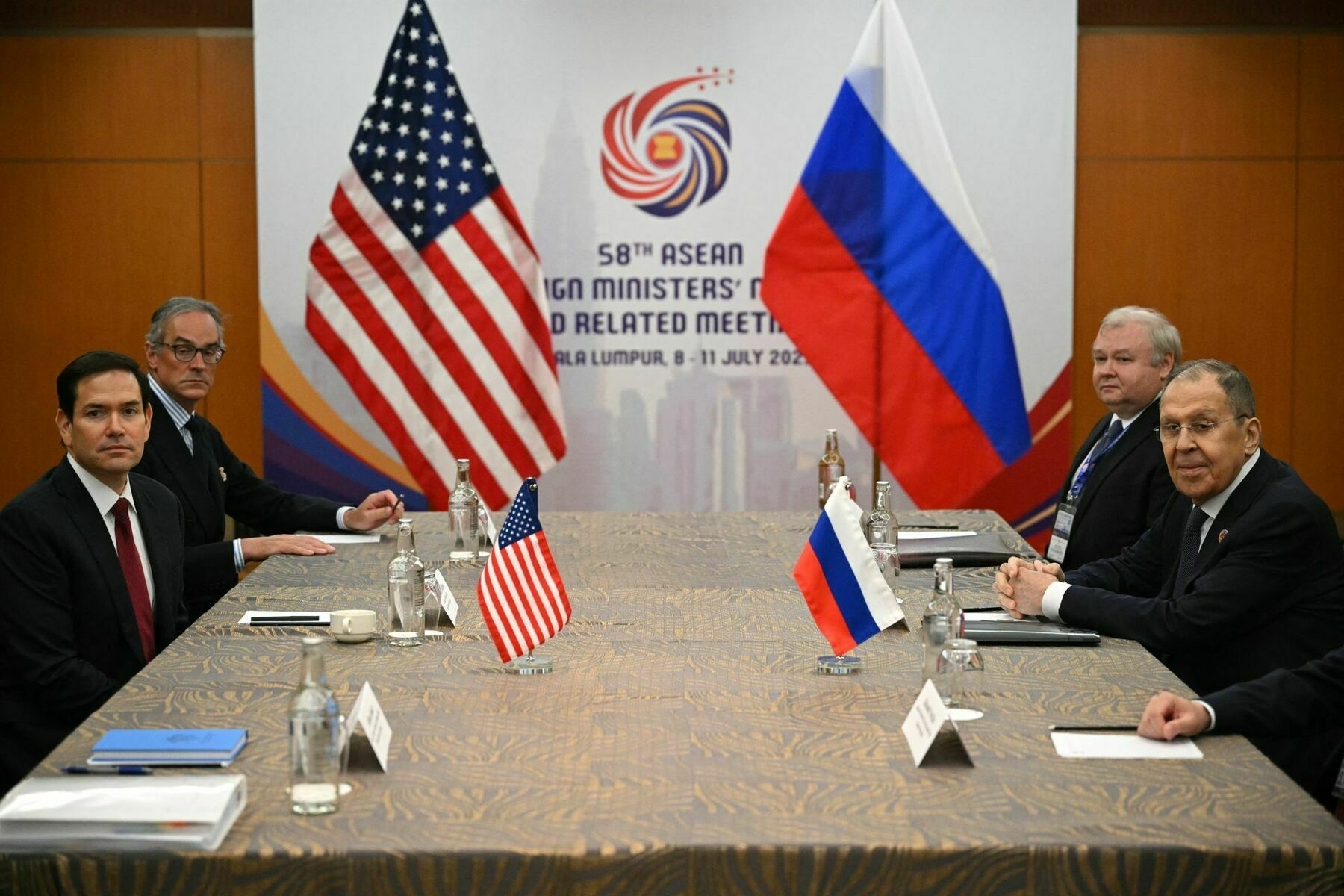
-
As leaders attend Ukraine Recovery Conference, rebuilding is distant dream for Ukrainians who need it most
From her window, Elena Demchenko can see the school where she taught for 17 years. Nearly three years have passed since Izium was liberated from Russian occupation, yet the building still lies in ruins.
"People still live with damaged roofs, windows, and doors — there are so many old
-
EU aims to mobilize up to $12 billion for Ukraine's recovery under new agreements
“With 2.3 billion euros in agreements signed, we aim to unlock up to 10 billion euros in investments to rebuild homes, reopen hospitals, revive businesses, and secure energy,” Ursula von der Leyen said.
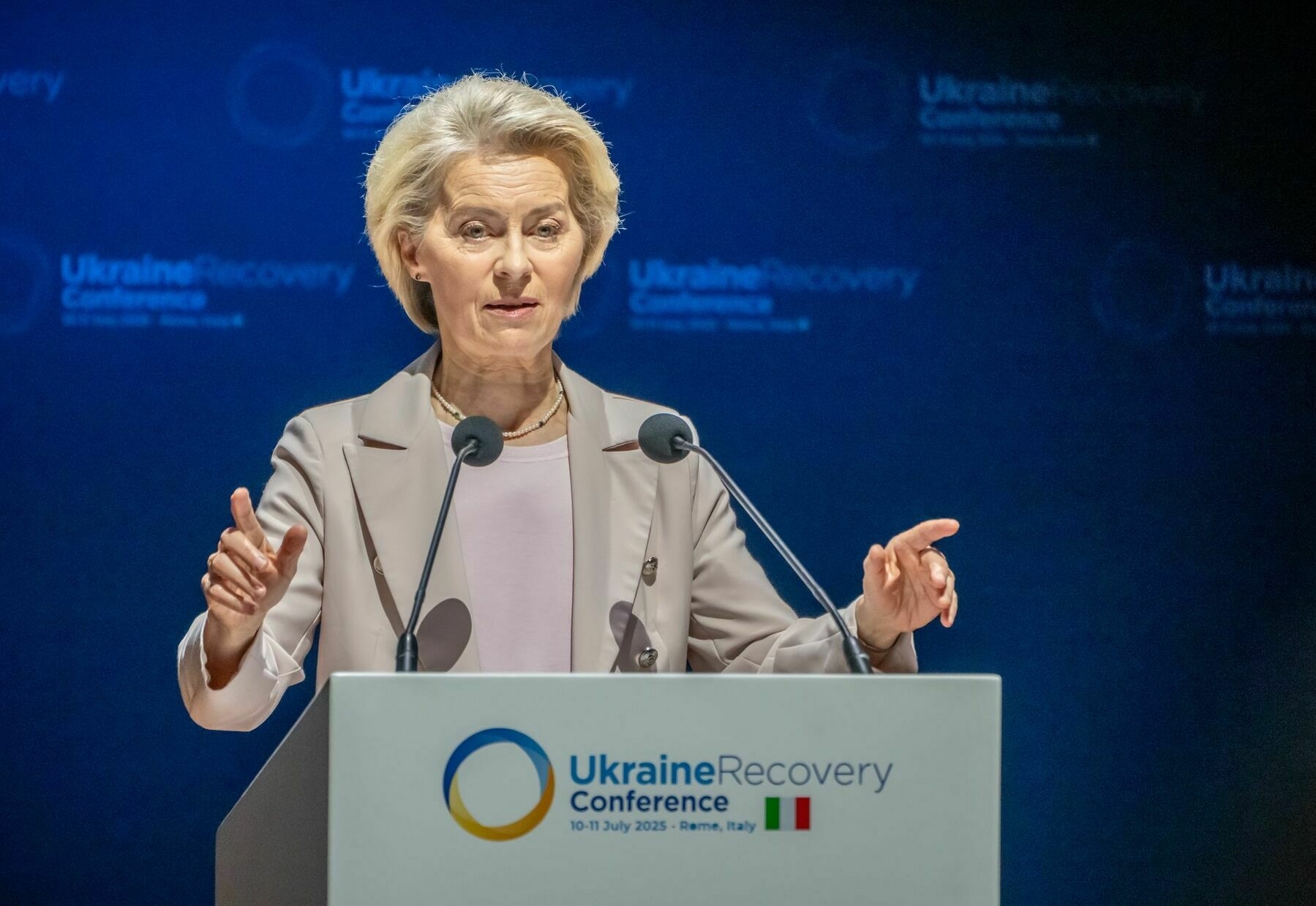
-
Trump administration immigration policies leave Ukrainian refugees in limbo
As Trump cracks down on illegal immigration, Ukrainian refugees in the U.S. are left in a difficult spot.

-
Zelensky arrives at Ukraine Recovery Conference in Rome
This conference marks the fourth major international event focused on mobilizing political and private-sector support for Ukraine’s reconstruction.

-
SBU officer shot dead in Kyiv, investigation underway
A Security Service of Ukraine (SBU) officer was murdered on July 10 in the Holosiivskyi district of Kyiv, the SBU’s press service told the Kyiv Independent after a reported shooting in the district.
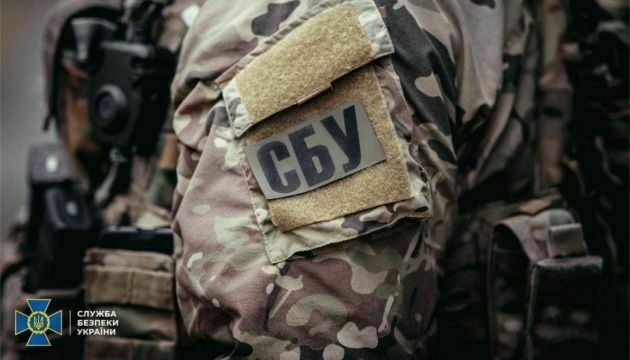
-
EU suspends Ukrainian language interpreter for suspected espionage on Zelensky for Russia, Le Monde reports
The European Commission’s interpreter was present during a closed-door meeting between European Union leaders and Volodymyr Zelensky on Dec. 19, 2024.

-
Pro-Ukraine partisans sabotage railways in Russia's Volgograd, occupied Crimea, group claims
The Atesh movement regularly commits sabotage attacks on Russian territory and in Russian-occupied areas of Ukraine.
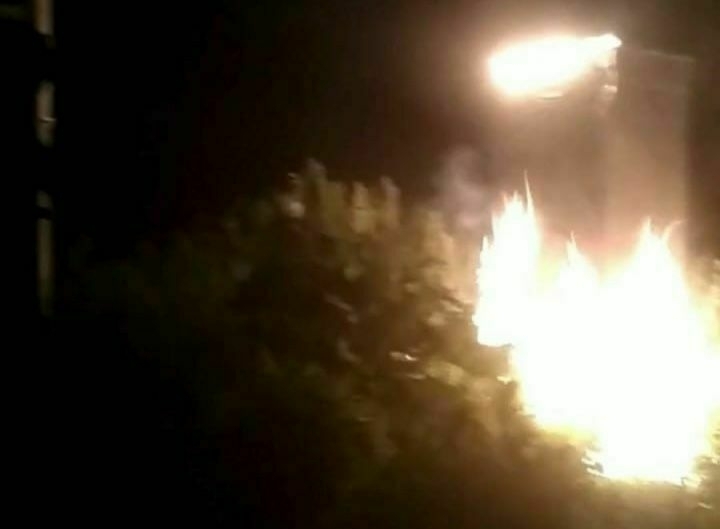
-
12 killed, 52 injured in Russian attacks against Ukraine over past day
Moscow’s forces launched yet another mass aerial attack, deploying 18 ballistic and other missiles and about 400 drones, including 200 Shahed-type kamikaze models, President Volodymyr Zelensky said.
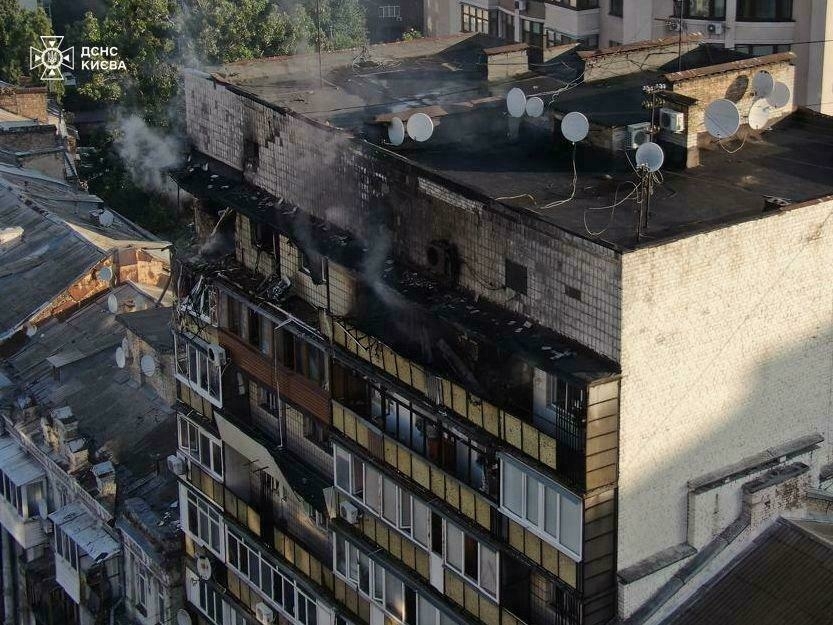
-
Ukraine needs new Marshall Plan, Trump's envoy Kellogg says ahead of Recovery Conference
International partners must help Ukraine rebuild by introducing their own Marshall Plan, U.S. Special Envoy for Ukraine Keith Kellogg said.

-
MASSIVE attack on Kyiv: consequences of the strikes on the Ukrainian capital #shorts
-
US reportedly resumes some arms deliveries to Ukraine after pause
The full content of the resumed shipments is not immediately clear, though officials told the U.S. media they include 155 mm artillery rounds and GMLRS guided rocket munitions.
